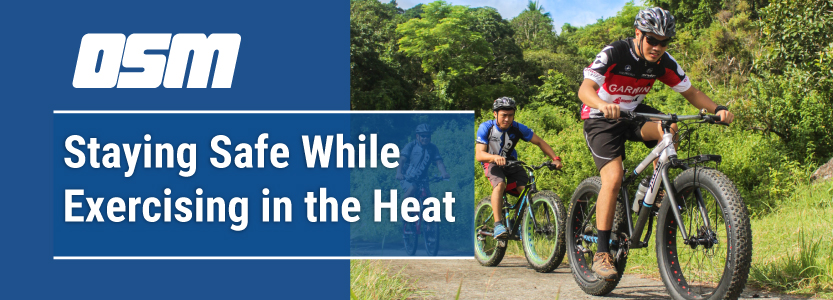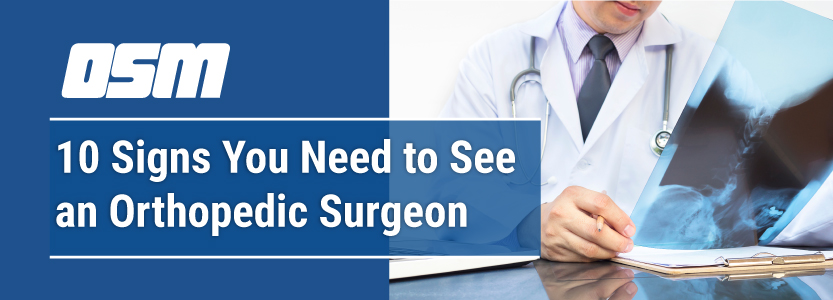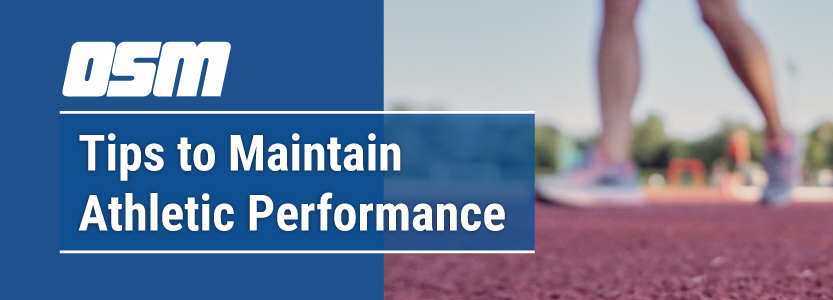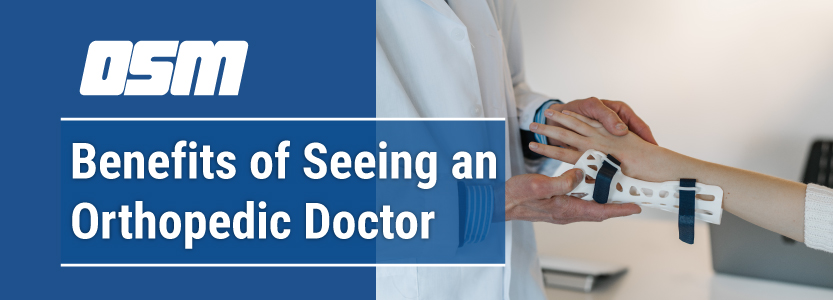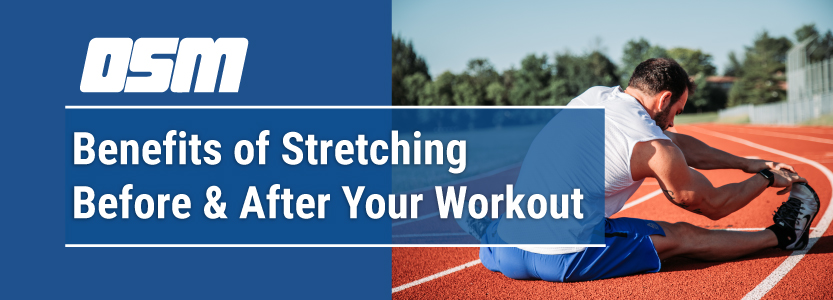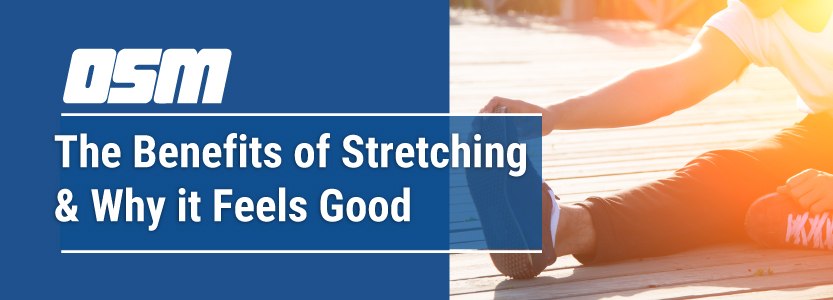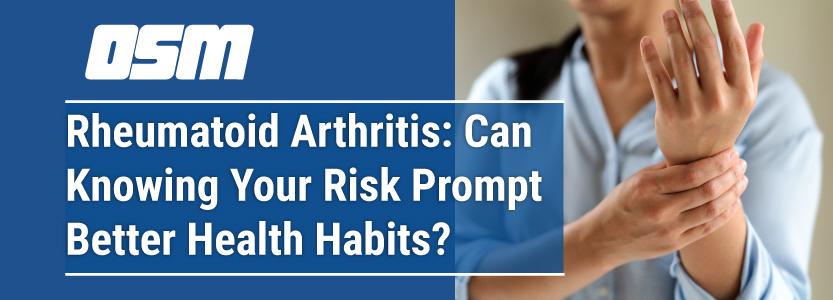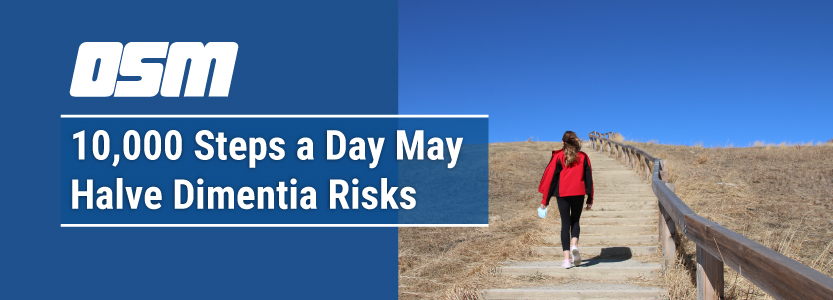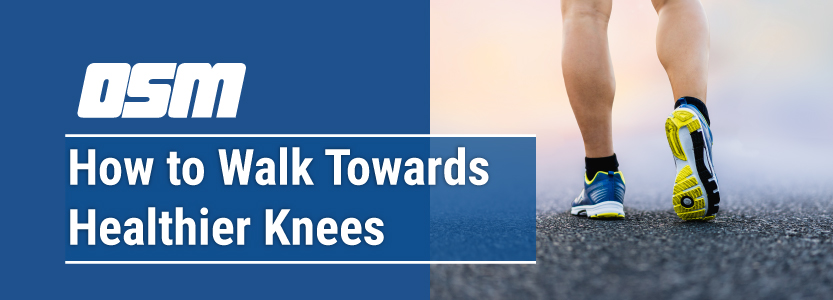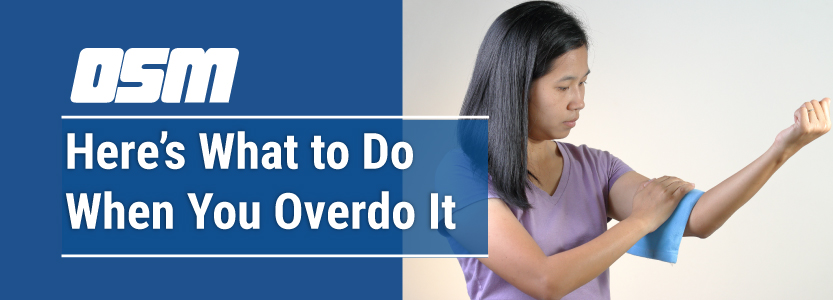Staying Safe While Exercising in the Heat
Hot weather workouts can lead to heat-related illness
“Heat-related illness is your body’s response to excessive heat, excessive sweating, and the associated dehydration and loss of salt. Your body is basically telling you that you need to cool off,” Dr. Eby says. “When you develop symptoms of heat-related illness, your internal body temperature could be rising. That affects cellular and organ function, and it can damage internal tissues.”
Heat-related illness is a continuum, Dr. Eby says, from mild and reversible symptoms to a medical emergency. The stages are:
- Heat cramps, which cause muscle cramps, often in your legs or stomach
- Heat exhaustion, which can cause exceptionally heavy sweating, clammy skin, dizziness, weakness, and nausea
- Heatstroke, a life-threatening condition that can happen when your body temperature is over 104°F (40°C)
What to do when you’re overheated while exercising
The moment you notice any early signs of heat-related illness:
- Get out of the heat or sun immediately.
- Remove extra clothing.
- Rest.
- Drink water or a sports drink (but don’t take salt tablets—they can make you more dehydrated).
- Sponge yourself with water and fan your skin (don’t drench yourself with large amounts of cold water).
You should seek immediate medical attention if you:
- Have a fever
- Pass out
- Throw up
- Don’t feel any better after resting and cooling yourself for an hour
How to prevent heat exhaustion while exercising
Hydration: the best way to prevent heat exhaustion while exercising
It’s essential to drink plenty of fluids before, during, and after a workout—even if you don’t feel thirsty.
“Hydrate, hydrate, hydrate,” Dr. Eby says. “Many athletes may say, ‘I don’t need anything.’ But it’s so important to make sure that you’re maintaining hydration for your health and your performance. Coaches, trainers, and parents can help. Make sure you have hydration available for athletes, and normalize that athletes need to be drinking.”
Dr. Eby and the American Council on Exercise suggest the following plan for hydration while you exercise:
- Several hours before exercise: 17 to 20 ounces of water
- 20 to 30 minutes before exercise or during warm-up: 8 ounces of water
- Every 15 to 20 minutes during exercise: 4 to 8 ounces of fluid
Other tips to prevent heat exhaustion
When exercising in the heat, you should:
- Limit training on very hot days, especially in the middle of the day. Get your workouts in during the morning or evening hours.
- Dress in light-colored, loose, moisture-wicking clothing. The right clothes can help your body’s natural cooling mechanism function at its best.
- Pace yourself. Don’t start with high-intensity activity. Instead, take your time, build intensity slowly, and back off if your body tells you to.
- Find a buddy, such as a teammate or a running partner. Remind each other to drink fluids, and monitor each other for any symptoms.
- Rest often in shady areas. For example, plan your running route to make sure it includes some shade. Or bring a pop-up tent for the sidelines on gameday.
- Wear sunscreen, because sunburn can affect your body’s ability to cool itself.
What heat index is dangerous for sports?
Heat index is a way of characterizing what the temperature outside actually feels like to the human body. It’s also sometimes called “apparent temperature” or “real feel.” Heat index takes into account relative humidity in addition to air temperature. Athletes, parents, coaches, and team administrators can use the heat index for sports decisions, to set heat guidelines for sports and other activities.
The National Weather Service offers a heat index calculator and chart. You can use the tools to calculate the heat index and determine whether it’s safe to be exercising in the heat.
There are general heat index guidelines for youth sports and other people in high-risk groups, such as older people. Those guidelines indicate that you should begin to use caution at a heat index of 80. When the heat index is 90 or higher, athletes can be at risk for heat-related illness.
The Orthopedic & Sports Medicine Center of Oregon is an award-winning, board-certified orthopedic group located in downtown Portland Oregon. We utilize both surgical and nonsurgical means to treat musculoskeletal trauma, spine diseases, foot and ankle conditions, sports injuries, degenerative diseases, infections, tumors and congenital disorders.
Our mission is to return our patients back to pain-free mobility and full strength as quickly and painlessly as possible using both surgical and non-surgical orthopedic procedures.
Our expert physicians provide leading-edge, comprehensive care in the diagnosis and treatment of orthopedic conditions, including total joint replacement and sports medicine. We apply the latest state-of-the-art techniques in order to return our patients to their active lifestyle.
If you’re looking for compassionate, expert orthopedic and podiatric surgeons in Portland Oregon, contact OSM today.
Phone:
Address
1515 NW 18th Ave, 3rd Floor
Portland, OR 97209
Hours
Monday–Friday
8:00am – 4:30pm

